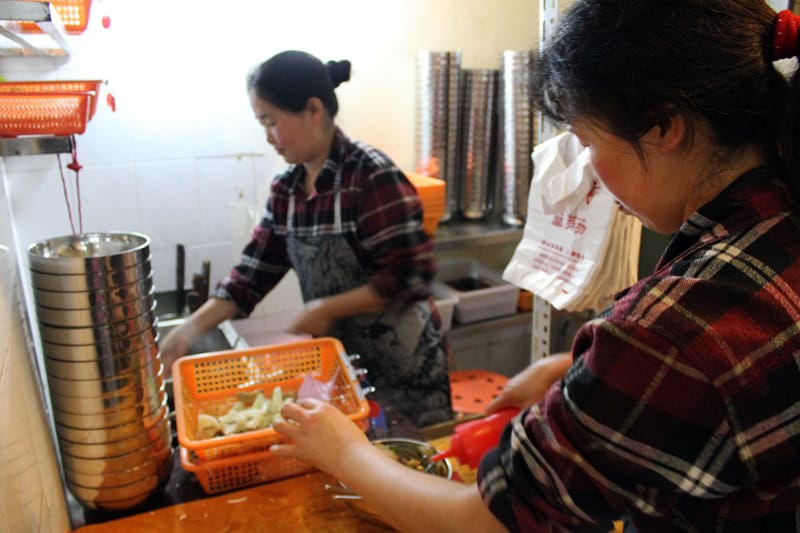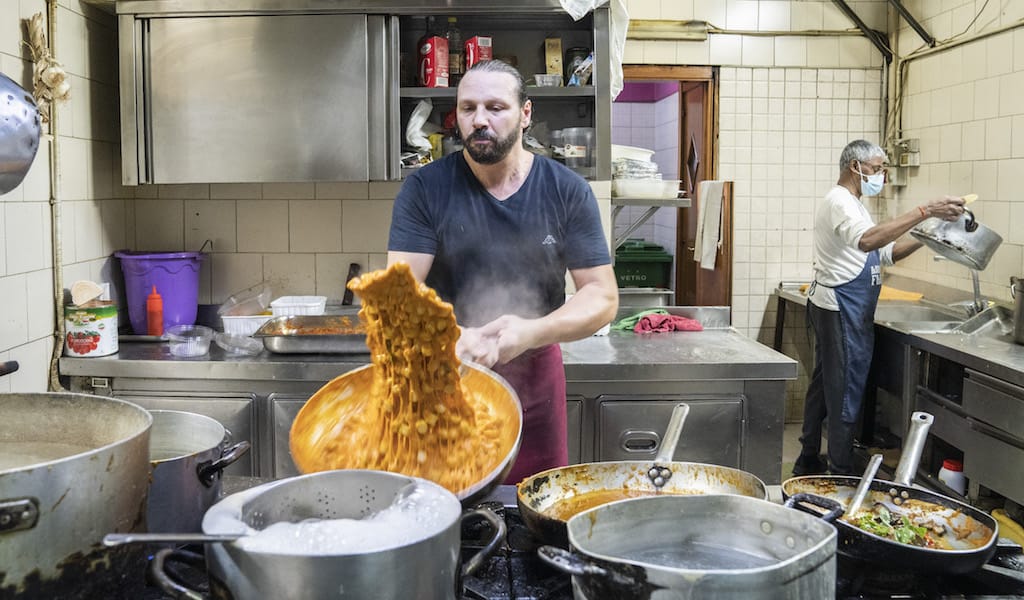Update: Refik Restaurant is sadly no longer open.
The fatty torik – the Turkish name for a large, mature Atlantic bonito, similar to the little tunny – courses the straits of the Bosphorus and the Dardanelles for just a short period each year in November and December.Yet the people of Istanbul eat it year-round by preserving the fish in a light brine, something it seems they have been doing for millennia – the Byzantines even minted coins with an image of the fish. Making lakerda is more than a means to preserve bonito for the rest of the year, however; it’s part of the city’s culinary instinct.
Around 5 a.m. one recent morning in Yenikapı, yellow rubber boots were piled high in front of the one serene spot on the sprawling grounds of the Municipal Fish Auction. Inside the “Fisherman’s Mosque,” 70 or 80 men were saying their prayers after a long frenzy on the Bosphorus. These fishermen had brought in the winter’s first haul of torik – the season’s most valuable catch. As they sat whispering their prayers, the ecosystem of middlemen was churning with negotiations that would ensure the passage of these fish from the long hangar at the seafront into local fish markets and restaurants throughout the city. Outside the mosque, vans marked with the city’s top fish restaurants filed into the damp, dark parking lot, which was littered with Styrofoam fish coolers, and the place began to smell less like fish and more like money.
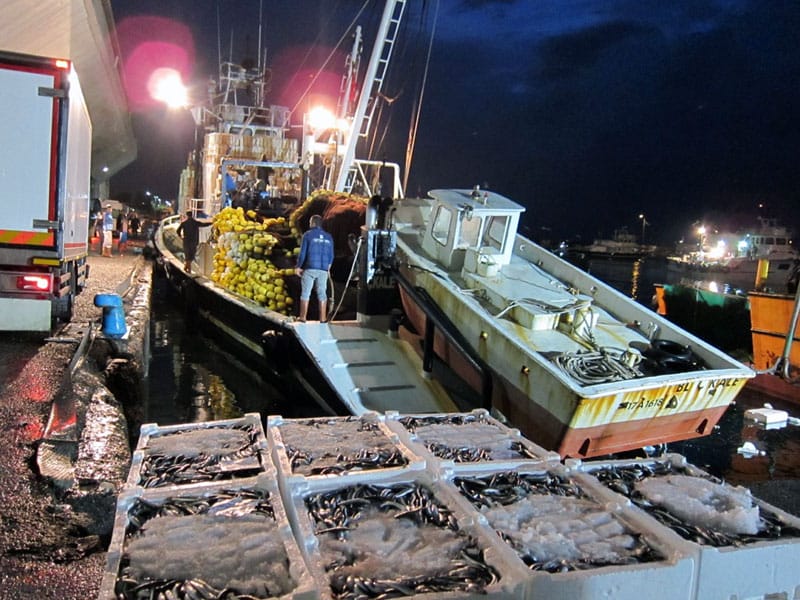
The fisherman, auctioneers, commissionmen, wholesalers, restaurant owners, trolley pushers and onlookers gathered here were giddy and unable to contain themselves as they piled around for the season’s first big torik auction. As boats offloaded their catch and wheeled it in, stacked in crates on dollies, the volume went up and the crowd surged toward the new arrivals. Great loads of hamsi, or Black Sea anchovies, came off a boat named Cengiz, the Turkish name for Genghis Khan. Then came a procession of torik packed two to a crate, their heads and tail fins protruding. Tea slingers coursed through the piles of fish, cigarettes were passed around, telephone calls were urgently placed. One man popped out from behind a stack of fish crates to surprise a vendor with a quick backhanded shot to the crotch followed by a howl, the squeak of rubber boots and friendly grappling.
“The best lakerda is made from Bosphorus torik,” Yusuf, a lakerda-maker in Beyoğlu’s fish market, told us later. The shop where he works, Reşat Balık, is a third-generation family business that has supplied traditional meyhanes around town with lakerda since the 1940s. Yusuf Bey cut the head and tail off, sliced the fish into thick medallions and ran a thin spike through the center, draining the blood before tossing it into a bucket of seawater. After cleaning it several times he would seal it in jars of salt for 10 days or so before distributing it to clients around the city.
Following a suggestion from Yusuf Bey, we next found ourselves at Refik, a traditional meyhane in Asmalımescit that serves Yusuf’s own preparations. Served over slices of raw red onions, the lakerda medallions were a deep rose in color, soft and fragrant of the sea. We felt honored by the presence of this true Istanbul native alongside our small plates of soslu patlıcan (eggplant smothered in that New World import, the tomato), Arnavut ciğeri (“Albanian” liver, which probably arrived here with refugees of the Balkan Wars), and a spicy acılı ezme that tasted of Southeast Turkey.
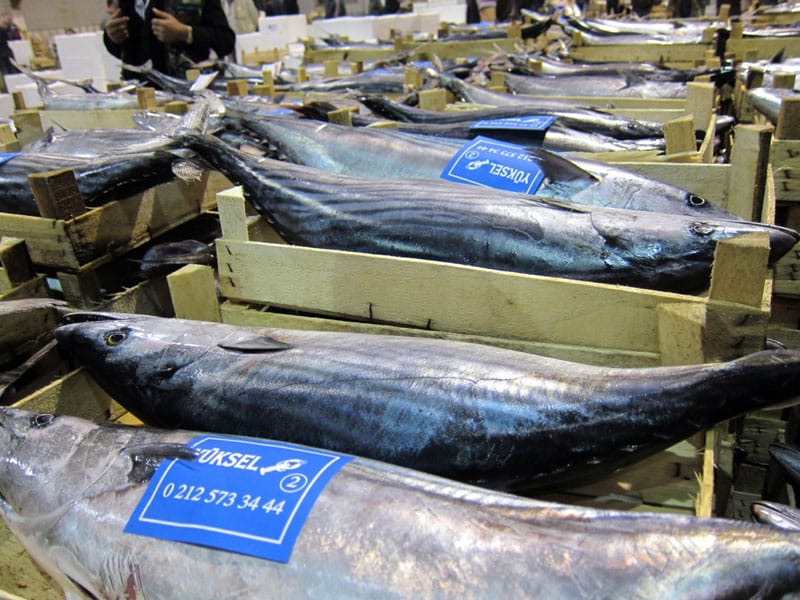
We often fear that tastes change too quickly and that much in this city is lost to the latest trend. But then we find ourselves involved in something ancient and very much alive, like drinking water from a sacred spring or eating lakerda, and we are reassured that the soul of Istanbul is healthy and well, if a little salty and often hiding in unexpected places.
This story was originally published on January 4, 2013.
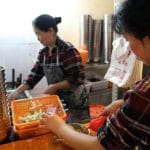 November 20, 2012 Chuan Chuan Xiang Ma La Tang
November 20, 2012 Chuan Chuan Xiang Ma La Tang
There is literally nothing like a bowl of steaming má là tang (麻辣烫) when Shanghai’s wet, […] Posted in Shanghai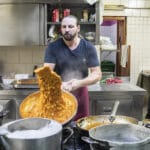 December 25, 2021 Best Bites 2021
December 25, 2021 Best Bites 2021
Neapolitan restaurateurs hit the restart button in the year 2021. Dining has adapted to […] Posted in Naples June 4, 2015 Capet
June 4, 2015 Capet
Spain – and of course Barcelona – has always been a breeding ground for creative types […] Posted in Barcelona
Published on February 10, 2017
Related stories
November 20, 2012
ShanghaiThere is literally nothing like a bowl of steaming má là tang (麻辣烫) when Shanghai’s wet, cold winter sets in. In English, it translates to “mouth-numbing spicy soup,” and if that weren’t indication enough that it will get your sinuses going, then the fire-engine-red broth certainly is. Originally a meal for poor travelers and laborers…
December 25, 2021
NaplesNeapolitan restaurateurs hit the restart button in the year 2021. Dining has adapted to the new rules brought on by the Covid-19 pandemic – but at least we can say, at last, that we are back to having lunch in a restaurant. I missed sharing the experience of the restaurant so much. Sitting next to…
June 4, 2015
BarcelonaSpain – and of course Barcelona – has always been a breeding ground for creative types in the kitchen. There’s an ever-increasing number of restaurants that take as inspiration first traditional preparations and update them with ingredients from a global pantry, yet keep their local soul intact. It’s a common thread among many young chefs…













































